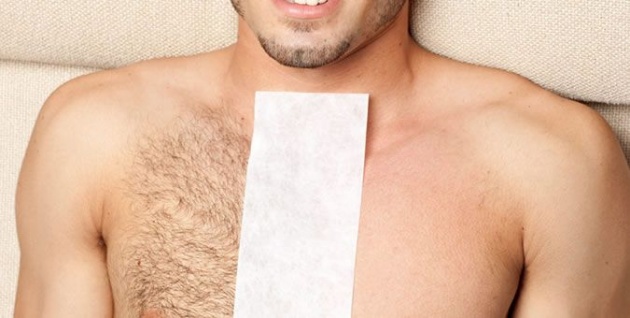Smooth Operator
Whether you’re an avid lifter wanting to show off your hard-won pecs, a cyclist who wants to maintain a pair of aerodynamic pins, or you simply hate having hairy shoulders, chances are you’ll have dabbled in body hair removal at some point.
And if you have, you’re not alone. In fact, according to a survey by Braun, 62 per cent of men now manscape regularly, with those that do saying it makes them feel cleaner, sexier, and also enhances the appearance of their muscles.
What’s more, a third reckon it’s made them more popular with the opposite sex. Question is: do you wax, shave or sugar? Here are the pros and cons of some of the most popular body hair removal methods, along with a few tips to ensure you’re successful in getting the smoothest results possible:
Waxing
The Pros
The main advantage of waxing is its long-lasting results: you’ll be hair-free for up to six weeks, and since hair is removed at the root, it’ll grow back with fine – rather than blunt – ends so you’re less likely to itch.
Though best performed by a professional, if you’re feeling brave you can wax lyrical (sorry, we had to) in the comfort of your own home too.
The Cons
Familiar with the expression ‘no pain, no gain’? It may as well have been invented for waxing. There are worse pains (toothache and your football team being relegated, for example) but make no mistake: this is eye-watering stuff.
The pain is fleeting, though, and you do get used to it after a while. Sort of.
Tips & Tricks
- The day before you wax, gently exfoliate skin with a scrub or body brush to remove any dead skin cells.
- Wax is best applied to skin that’s clean, dry and free of any body products. If you’re waxing in warm weather, and are a little sweaty, apply a light dusting of talc beforehand.
- To make things less painful, trim the hair back a little, but remember to ensure it’s still at least 1cm in length so that the wax has something to adhere to.
- Wax should be removed with one clean and swift movement. Be brave and just whip it off. Never peel away slowly.
- Always whip wax strips off in the opposite direction of the hair growth and remember to work in small sections. If you’ve trimmed the hairs back a little before waxing, it’ll be easier to see the patterns of growth.
- If you’re a home waxing virgin, try pre-made strips like Parissa Men’s Tea Tree Wax Strips, which are easy to use and mess-free. You simply warm them between your palms to activate the wax, apply to the offending fur, and rub firmly. Ask a friend, flatmate or significant other for help if necessary.
- To take the initial sting away, try tapping or pressing the skin lightly with your fingertips.
- If skin feels red and sore afterwards, gently press a cold, wet flannel cloth on the affected area for a few minutes to cool the skin. You’ll also want to avoid using alcohol-based fragrances and anything that causes profuse sweating for 24 hours afterwards; things like hot showers, exercise and – as much as we hate to say it – vigorous sex.
- As with shaving, how you look after skin post-wax is crucial if you want to avoid nasty rashes. Waxing, along with most forms of hair removal, can sometimes result in little spots forming one to three days afterwards; these are often the result of blocked hair follicles. To minimise the risk, try using a product like Outback Organics Post-Wax Spray, which is formulated to soothe and repair skin after hair removal. Elemis Tea Tree S.O.S Spray is useful too.




